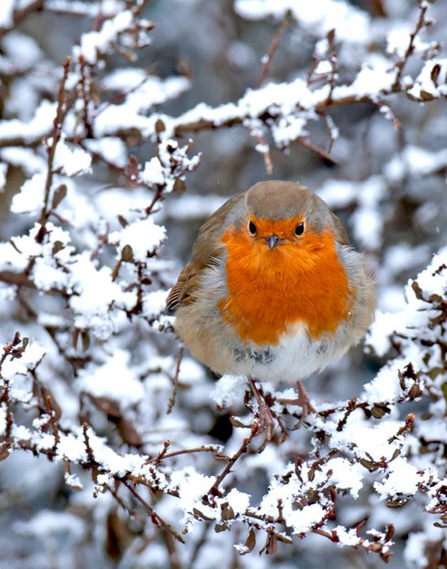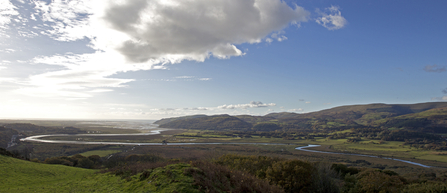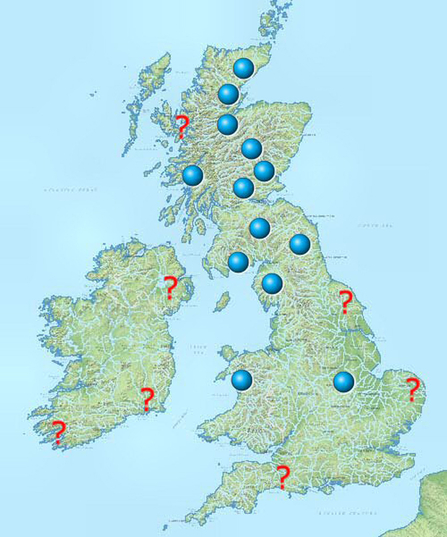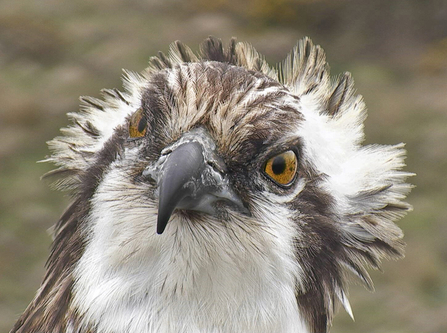Montgomeryshire Wildlife Trust have great pleasure in bringing to you a guest blog this week by Paul Wildlifewriter. Many thanks Paul.
Imagine if there were fewer than three hundred robin nests in the whole of the British Isles. Questions would be asked, letters would be written to the Times, and the price of Christmas cards would go through the roof.




